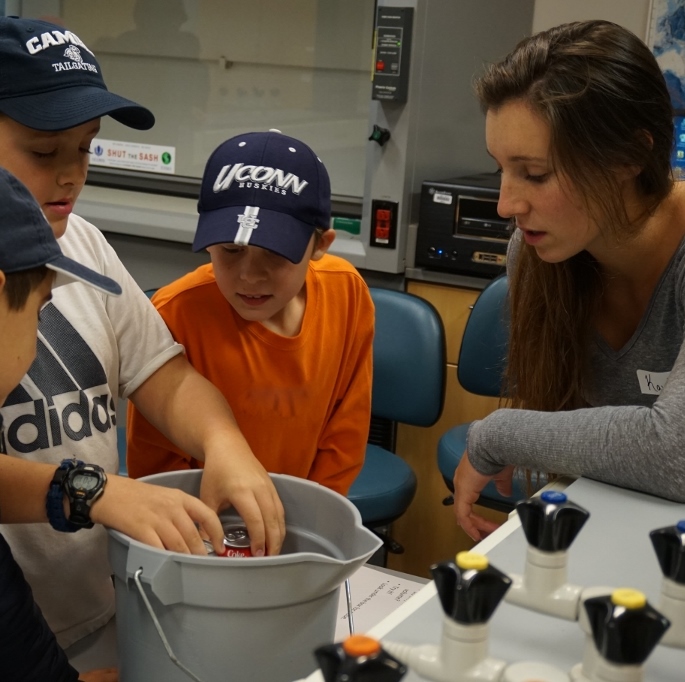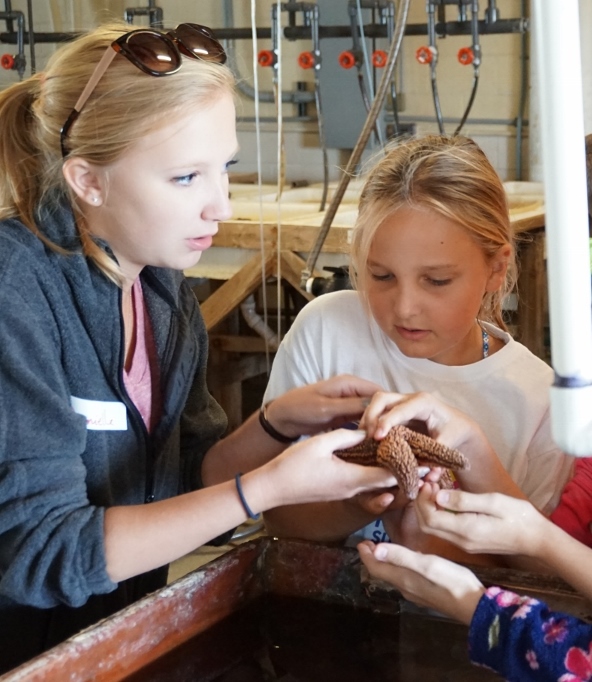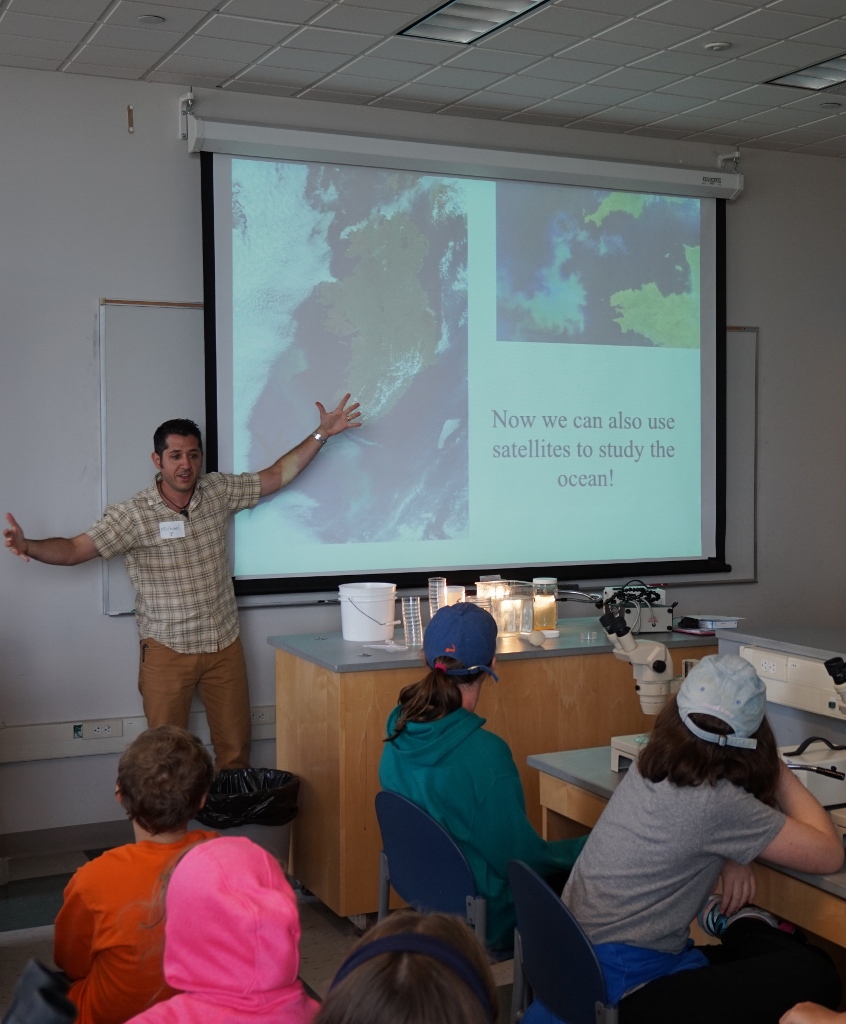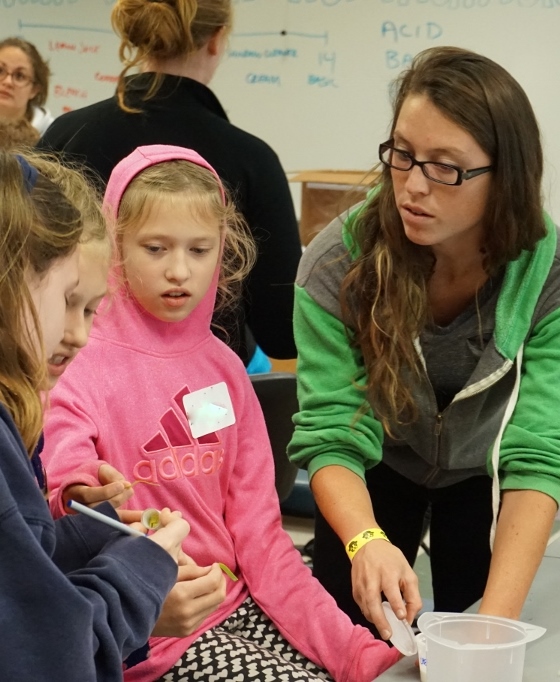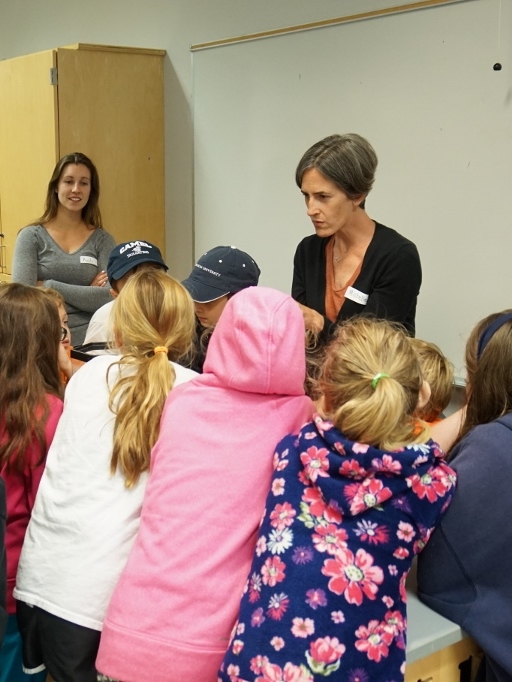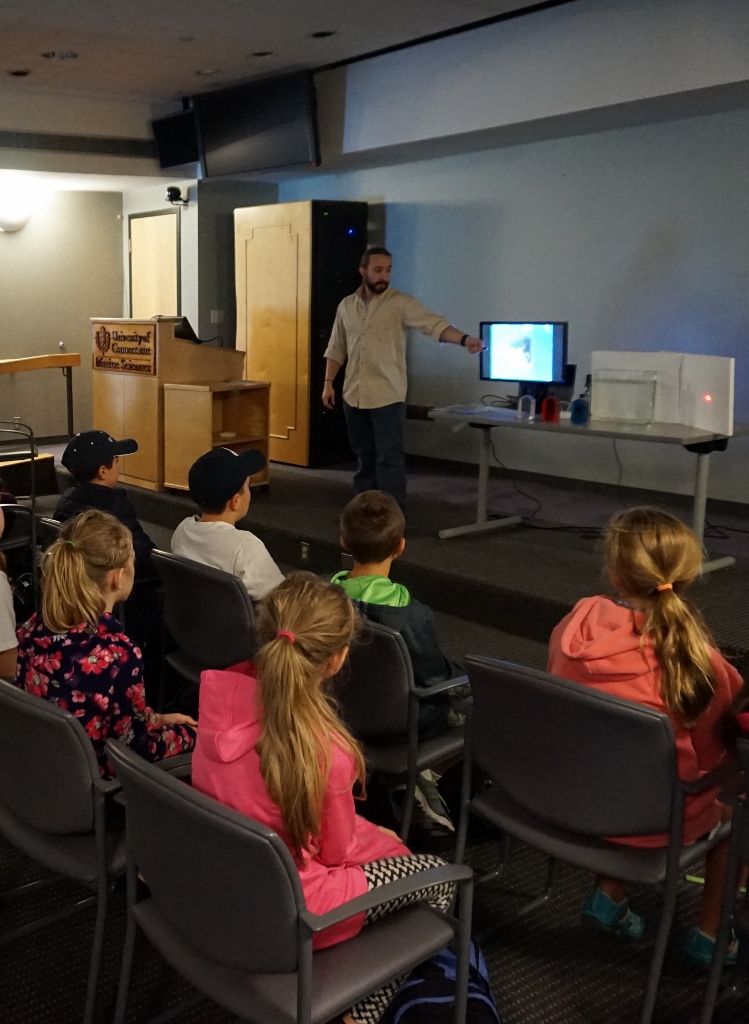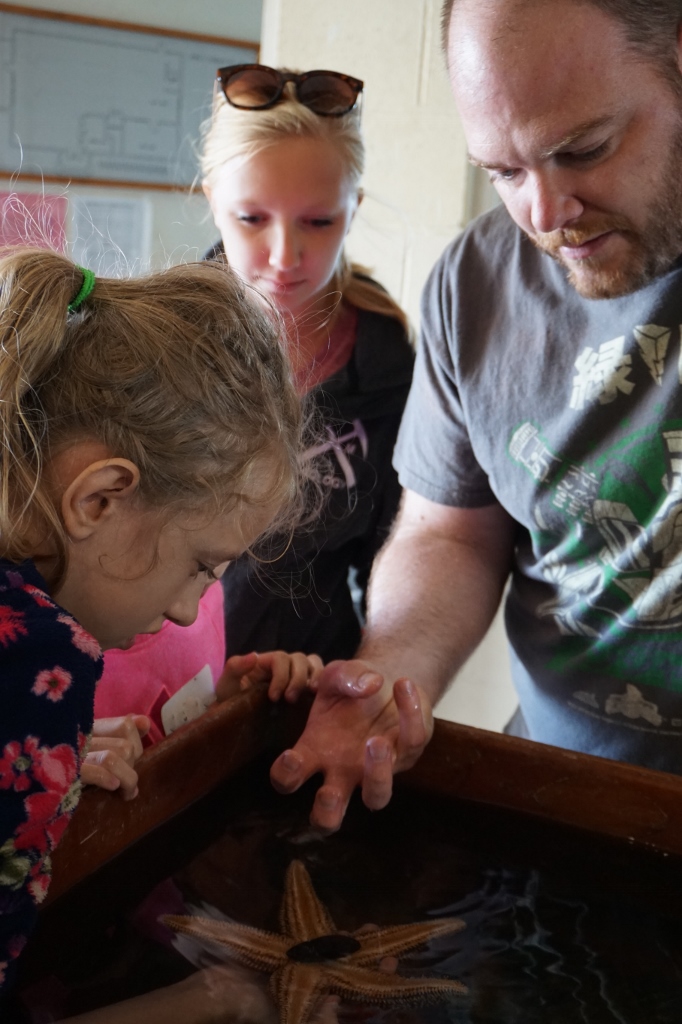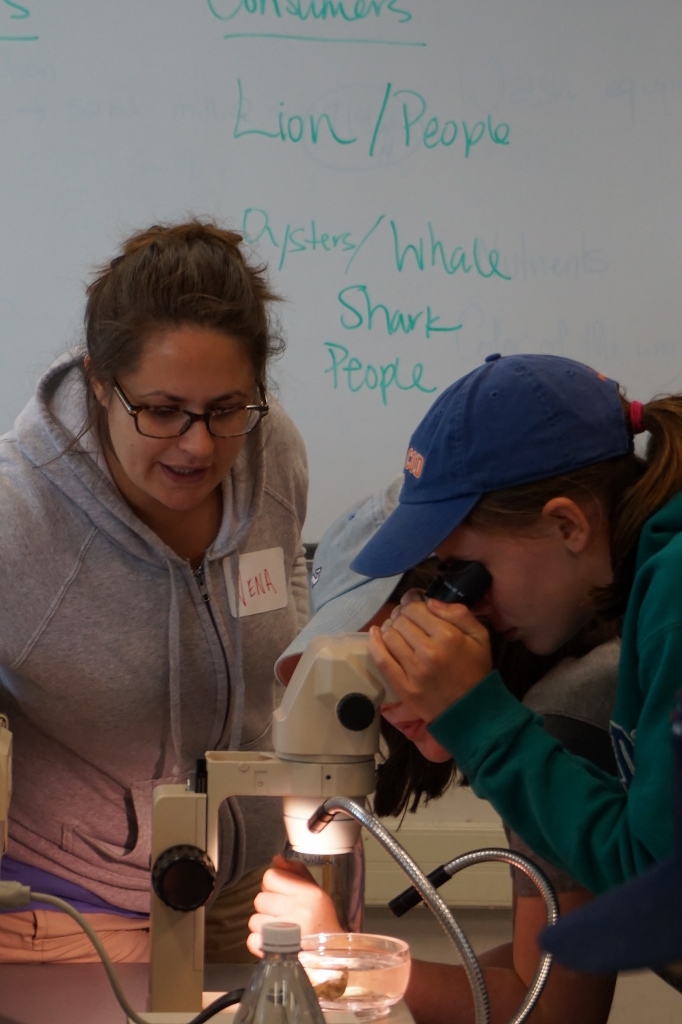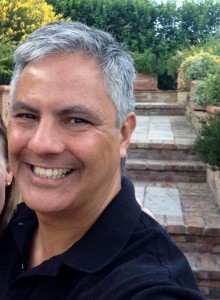 Hans G. Dam, a professor in the Department of Marine Sciences at the University of Connecticut, has been elected a Fellow of the American Association for the Advancement of Science (AAAS), the world’s largest general scientific society, and publisher of the journal Science.
Hans G. Dam, a professor in the Department of Marine Sciences at the University of Connecticut, has been elected a Fellow of the American Association for the Advancement of Science (AAAS), the world’s largest general scientific society, and publisher of the journal Science.
Election as an AAAS Fellow is an honor bestowed upon AAAS members by their peers. Fellows are those whose efforts on behalf of the advancement of science or its applications are scientifically or socially distinguished. As part of the Biological Sciences Section, Dam was elected as an AAAS Fellow for “distinguished contributions to the field of biological oceanography, particularly plankton carbon cycling and zooplankton evolutionary ecology.”
Professor Dam was also elected to the inaugural class of fellows of the Association for the Sciences of Limnology and Oceanography (ASLO), the leading professional organization for researchers and educators in the field of aquatic science. Fellows are recognized for having achieved excellence in their contributions to ASLO and the aquatic sciences.
New AAAS Fellows will be recognized on Feb 13 during the 2016 AAAS Annual Meeting in Washington, D.C. The 2015 ASLO Fellows will be honored at the ASLO Meeting in Santa Fe in June 2016.
Professor Dam joined the Department of Marine Sciences in 1991. He is widely published in scholarly journals in oceanography, marine biology and evolution. His current research interests are mechanistic understanding of plankton adaptation to global change. Professor Dam was previously elected a member of the Connecticut Academy of Science and Engineering (2007) and the Connecticut Academy of Arts and Sciences (2009).
